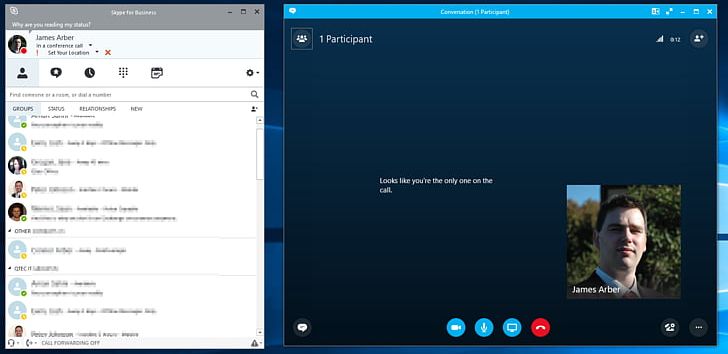
In your Remote Desktop Connection window, press Show Options to access the advanced settings menu.
If your VoIP application isn't detecting your microphone input or audio output, the first thing to check is your RDP client settings. Enable the remote audio and microphone devices over RDP In most cases, getting audio or microphone input working on a VPS requires additional setup, which we'll walk you through today. More specifically, you may find that the audio and microphone from your local PC is not routed through to Discord, Skype, or Zopier. When you have finished with that piece of audio, turn its status back to “off”.Voice-over-IP (VoIP) applications may not play well with your Windows RDP server out of the box. When you want to feed your secondary audio source into Skype, just click the secondary source node in Audio Hijack and set its status to “on”.

Turn on Audio Hijack my clicking the round button in the lower left corner. Once you’ve done that, open up your Skype settings and set “input” to Soundflower. So what you’ll end up with is two audio inputs – your mic and your system audio (or you could make the second one an app, like iTunes or Chrome, etc) feeding into your headphones and then through to Soundflower.Ģ. Set up a new Audio Hijack session we below. Here are the apps you’ll need to install:ġ. So I’m writing this for anyone else who might go searching for a solution. As it turns out, it wasn’t difficult at all and I should have taken the time to work it out ages ago. I’ve wanted to do this for ages and just figured it out. If you have ever wanted to feed your system audio into a Skype call – for example, you’re recording a podcast and you want to play a clip from a song or a movie or a voicemail from a listener and you want the other person on your call to hear it and you also want it to come through cleanly on your recording – then this might help (assuming you’re on a Mac).


 0 kommentar(er)
0 kommentar(er)
